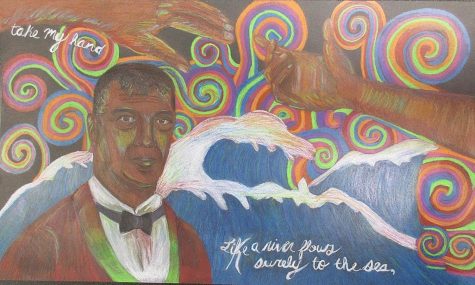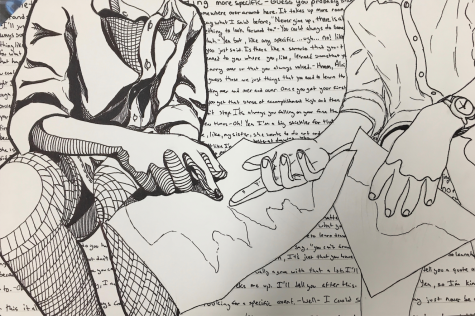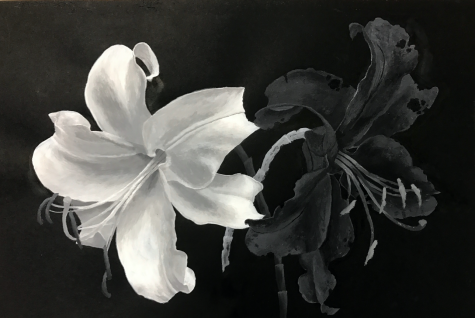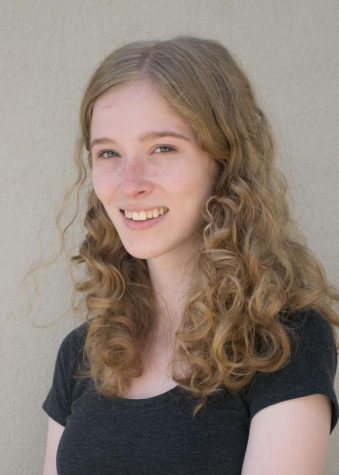Most AP classes at Trinity are self explanatory: AP Literature focuses on literature, AP World History focuses on world history, and so on and so forth. However, in the mix of APs that Trinity offers, there is one class that may breed confusion—AP Studio Art.
While most classes’ curriculums are set in stone, art classes function on a basis of creativity, and therefore can be subject to change year after year. Indeed, as long as the basics of each artistic medium are taught in their respective classes, Trinity’s own art teachers can structure their curriculums however they want. Those who do not take art classes may not understand what makes the various levels of art classes different, and to a greater extent, what constitutes an AP-level art class.
“Other art classes focus on learning concepts and techniques that are relevant to certain disciplines,” Fine Arts Teacher Irina Ashcraft said. “In AP Art, students get visual problems to solve. They are free to use their choice of material, surface, etc. to solve the problem.”
With endless ways to complete each assignment, AP Art creates an open-ended curriculum that sets itself apart from other art classes. Each work is unique to its creator’s personal artistic point of view. But as different as each student’s preferences may be, they all must work towards the same goal:
“An important part of the course is to develop a body of 12 pieces that revolve around one concept that is compelling to each student, called a ‘concentration,’” Ashcraft said. “They have to find a subject or theme that is interesting enough to explore visually in 12 pieces.”
The concentration encourages students to focus on honing their personal artistic style, stretch beyond their comfort zones and create pieces that are distinct and of high quality. Students find the intensity of AP Art to be different and more challenging than other art courses.
“It’s stressful because it requires a huge amount of commitment,” senior Arianna Dantes said. “I often do a lot of work outside of class. It also requires a great deal of ingenuity because it’s mostly a self-driven class.”

Dantes’s concentration psychedelically portrays songs that have meaning to her. This piece is based on her grandfather’s favorite Elvis Presley song.
Senior Colt Holler agrees that the course can be stressful.
“Out of all of the classes that I’ve ever been in, AP Art is probably the biggest time commitment,” Holler said. “You have to do so much in a little amount of time.”
Luckily, Holler loves creating new pieces. He plans to take his artistic skills to the next level by studying at an art college: Savannah College of Art and Design. As someone who has taken at least one art class each year since 6th grade, Holler knows the progression through Trinity’s art classes better than most.
“Trinity doesn’t just teach you the techniques,” Holler said. “It teaches you the techniques and then also how to apply them.”

Holler’s concentration deals with personal experiences. This piece is inspired by an experience senior Charlie Tang had abroad.
There are a number of differences that separate AP Art classes and academic APs. Just as students probably won’t end up with paint in their hair in AP Chemistry, they will not have to scour their brains to remember difficult formulas for AP Art. The main difference stems from the fact that art cannot be understood from a textbook:
“Art is a skill,” Holler said. “And with any skill, like a language for example, you have to constantly be using it and refining it, whereas for a normal class, you can just sit down and memorize whatever you need to know.”
While both Dantes and Holler dream of pursuing careers in artistic fields (interior design and media design, respectively), AP Art is a class that is applicable to anyone. Ashcraft remembers many students who have taken the skills they learned in AP art and applied them to other fields.
“[One of my former students] who majored in biochemistry created their college thesis using their highly skilled mark making for a scientific illustration,” Ashcraft said. “So it’s applicable in more surprising ways than you would think.”
For art to be applicable to more than just artistic careers, however, more people have to have backgrounds in art. Even though art is conventionally thought to be a talent, Ashcraft argues that at a basic level, it is accessible by all.
“As with anything, practice makes perfect,” Ashcraft said. “Usually, people think that when it comes to art, you either have it or you don’t. But it’s very much about practicing and gaining experience.”

Christopher’s concentration contrasts life and death. He used flowers, conventional symbols of happiness, as symbols for death.




